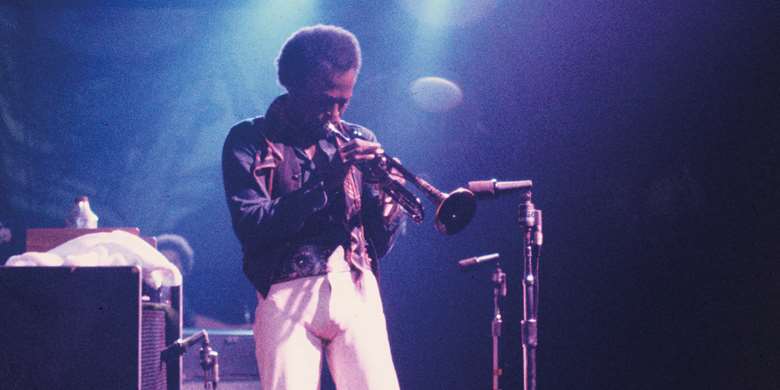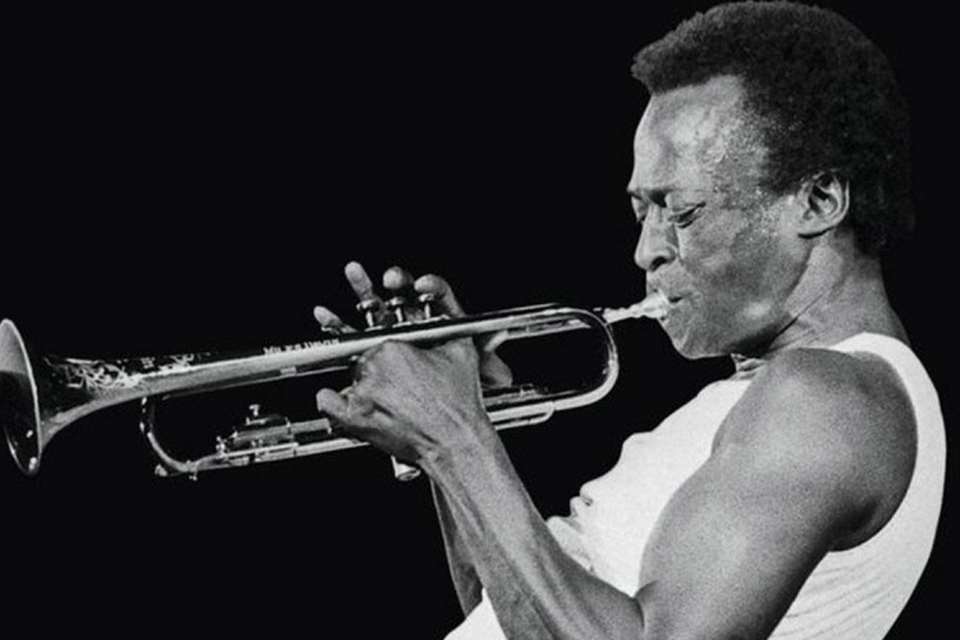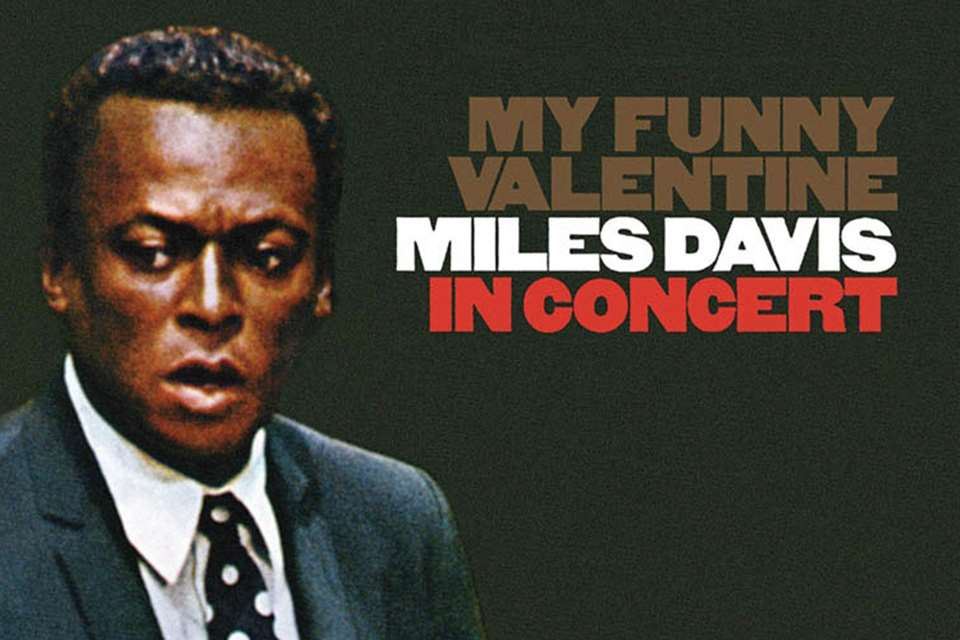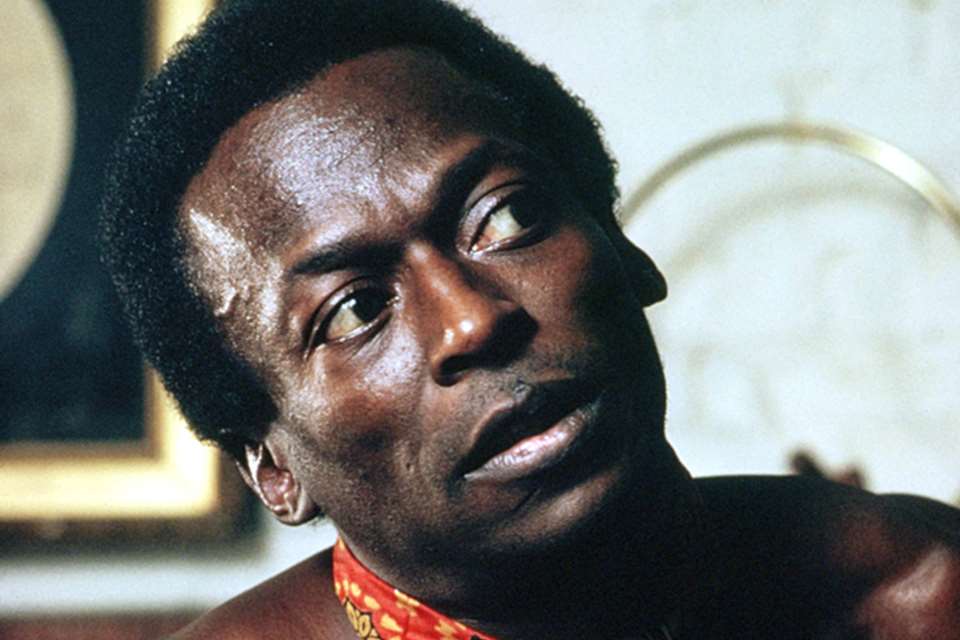Review: Miles Davis biopic, Birth of the Cool
Monday, February 10, 2020
Selwyn Harris assesses Birth of the Cool, the latest big-screen attempt to capture the myth of Miles Davis on film


Register now to continue reading

Thank you for visiting Jazzwise.co.uk. Sign up for a free account today to enjoy the following benefits:
- Free access to 3 subscriber-only articles per month
- Unlimited access to our news, live reviews and artist pages
- Free email newsletter




